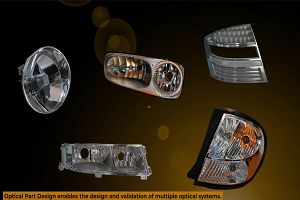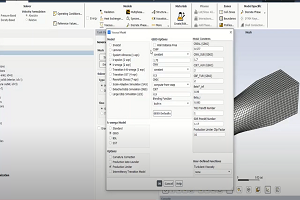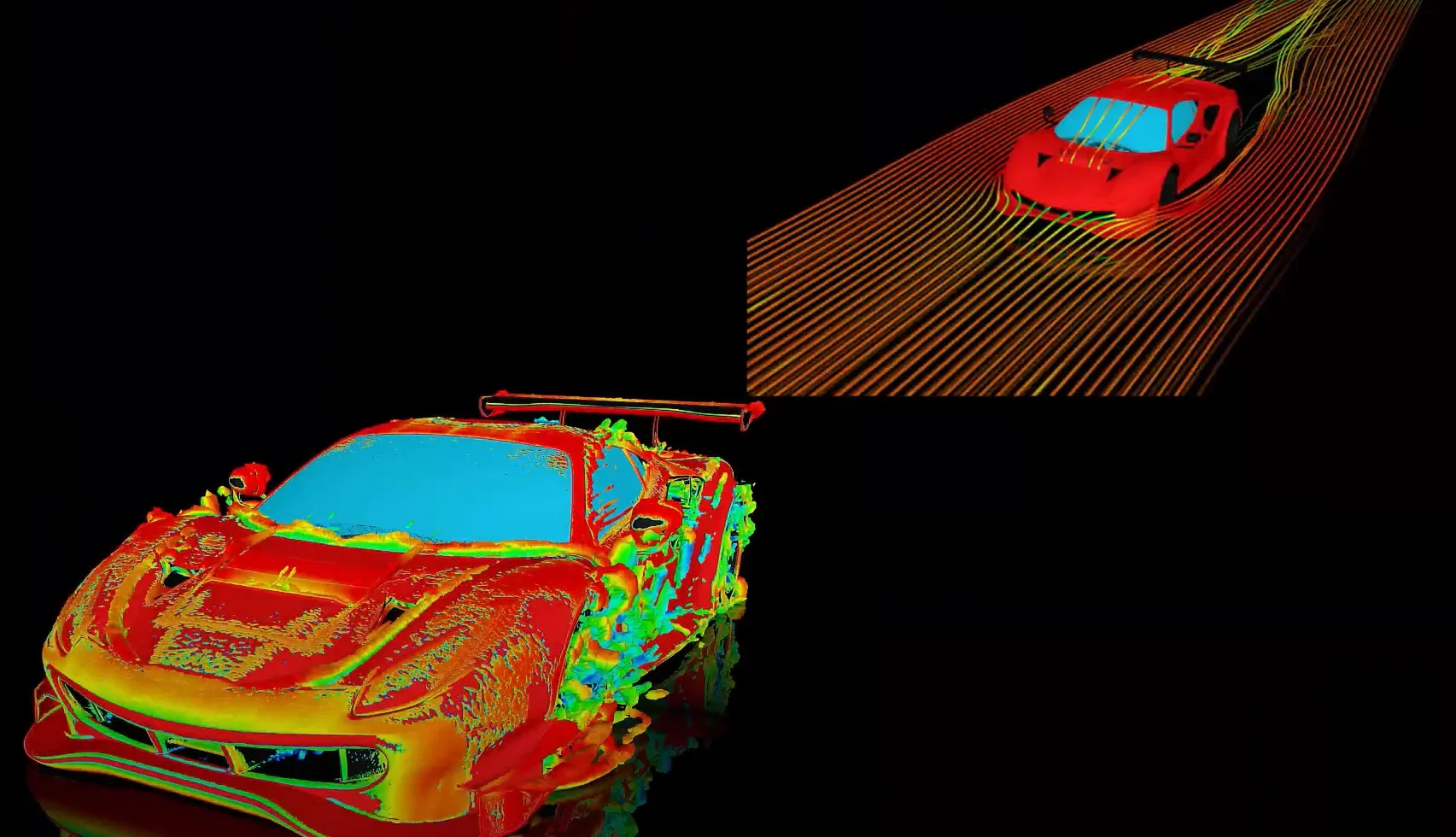Tagged: ansys-fluent, cfd-post
-
-
June 3, 2022 at 8:33 pm
 FAQParticipant
FAQParticipantThere are several ways to import user data into CFD-Post. Data can be imported as line or surface data:
1. File > Import > Import Surface or Line Data and select the file, or :
2. Insert > Location > User Surface
Specify a name and select the file. The data formats are of the form:
[Name]
Experimental Data Set 1[Data]
Node No., X[m], Y[m], Z[m], Press.[Pa], Vel.[m/s], Temp.[R]
0, -0.3, -0.3, -1.0, 0.0, 1.0, 0.224,
1, -1.0, -1.0, 1.0, 1.0, 2.0, 1.35987,
2, -1.0, 1.0, 1.0, 1.0, 3.0, -0.45,
3, -0.3, 0.3, -1.0, 0.0, 4.0, -5.82,
4, 0.3, -0.3, -1.0, 2.0, 5.0, 9.6323,
5, 1.0, -1.0, 1.0, 3.0, 6.0, 7.1859,
6, 1.0, 1.0, 1.0, 3.0, 7.0, -4.656234,
7, 0.3, 0.3, -1.0, 2.0, 8.0, 2.1237,
8, 0.0, 0.0, 2.0, 5.0, 9.0, 6.456,[Faces] # Faces are defined by their points, represented by the point IDs: 3 points for a tri-face and 4 points for a quad-face. The face normal is defined by the order of the points, so define all points in either a clockwise or counterclockwise direction to obtain a uniform face normal.
Note 1: Normally the first 3 variables will be X, Y and Z – i.e we are assuming 3D data.
Note 2: There is no explicit limit on the number of variables.
Note 3: Units are optional and can be omitted or specified as []
-


Introducing Ansys Electronics Desktop on Ansys Cloud
The Watch & Learn video article provides an overview of cloud computing from Electronics Desktop and details the product licenses and subscriptions to ANSYS Cloud Service that are...

How to Create a Reflector for a Center High-Mounted Stop Lamp (CHMSL)
This video article demonstrates how to create a reflector for a center high-mounted stop lamp. Optical Part design in Ansys SPEOS enables the design and validation of multiple...

Introducing the GEKO Turbulence Model in Ansys Fluent
The GEKO (GEneralized K-Omega) turbulence model offers a flexible, robust, general-purpose approach to RANS turbulence modeling. Introducing 2 videos: Part 1 provides background information on the model and a...

Postprocessing on Ansys EnSight
This video demonstrates exporting data from Fluent in EnSight Case Gold format, and it reviews the basic postprocessing capabilities of EnSight.

- How to overcome the model information incompatible with incoming mesh error?
- Is there a way to get the volume of a register using expression ?
- Skewness in ANSYS Meshing
- What are the requirements for an axisymmetric analysis?
- What are pressure-based solver vs. density-based solver in FLUENT?
- How to create and execute a FLUENT journal file?
- Fluent GPU Solver Hardware Buying Guide
- How to get information about mesh cell count and cell types in Fluent?
- What is a .wbpz file and how can I use it?
- How can I Export and import boxes / Systems from one Workbench Project to another?

© 2025 Copyright ANSYS, Inc. All rights reserved.

